




|

|
|
|
THE BURT MUNRO STORY 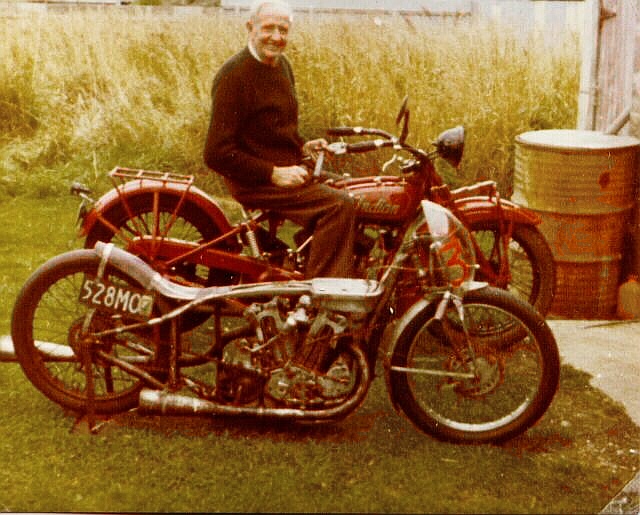
Burt Munro was born Herbert James Munro on March 25, 1899 in Edendale, Invercargill, New Zealand. His twin sister, who was born with him, tragically died at birth. When he was born the doctors informed his parents that he too, would be dead before he was two years old, he proved them wrong. In 1915 at the tender age of sixteen, Burt purchased his first motorcycle, a Douglas. In 1919, he bought a Clyno motorcycle with a sidecar and after removing it he went to the Fortose racing circuit and set some speed records with it. The speed bug had bitten him hard. In 1920 at the age of 21, a young man stood gazing at a brand-new Indian Scout motorcycle in an Invercargill garage. He was awestruck by the powerful 600cc V twin engine, the sophisticated cast alloy primary case, an impressive three speed transmission and a robust leaf sprung front end. A bike he was to keep his entire life and in fact become a world land speed record holder.
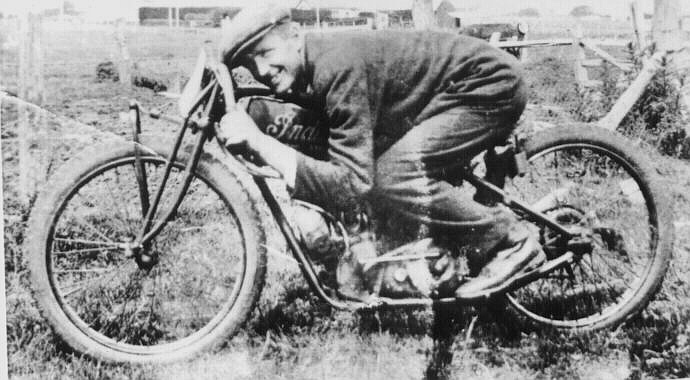
Burt's machine carried the engine number 5OR627 and has been identified as one of the earlier Scouts that Indian manufactured. It sported a 37cu.in. (60Occ) 42 degree V twin with a side valve head. A helical gear primary drive was contained in an oil-tight, cast alloy case and a 3 speed, hand change gearbox with foot clutch was fitted. A double down-tube cradle frame was used, rigid at the rear and a leaf-spring front end that provided the forks with nearly 2 inches of travel. Unusually for motorcycles of that era, a chain final drive was standard equipment on the Scout. He first modified his precious Indian in 1926, using very crude home made tools. For example, his micrometer was a bicycle spoke and he cast his own pistons in tin cans. Within a short time, he had replaced the barrels, pistons, lubrication system, and flywheels with his own designs. He also designed and manufactured 4 cam overhead valve heads to replace the original 2 cam sidevalve design.
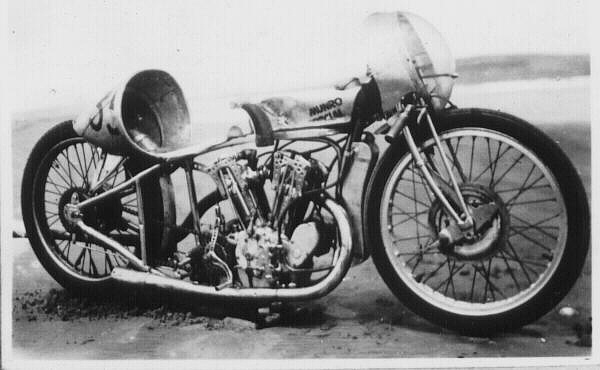
In their final form he in effect hand-carved his con-rods from a bulletproof Caterpillar tractor axle and hardened and tempered them to 143 tons tensile strength. He built a seventeen plate, thousand pound pressure clutch and grafted on a triple chain drive. He experimented with streamlining and in its final form, the bike was completely enclosed in a streamlined shell. The leaf-sprung fork was dispensed with and what appears to be a girder fork from a 1925 - 1928 Indian Prince substituted. All this was done through half a century of work and development. Originally a standard Scout was capable of about 55 mph flat out. In 1926 it was raced on the Penrith Mile Dirt Track in New South Wales with sidecar attached, a bloke called Wells the sidecar monkey. The outfit lasted one lap for a speed of 46 mph. Despite this inauspicious start, Burt still held the Australian sidecar record, as-late as 1977, with a speed of 90 mph, set at Inverlock Beach, Victoria. A succession of NZ road and beach records followed.
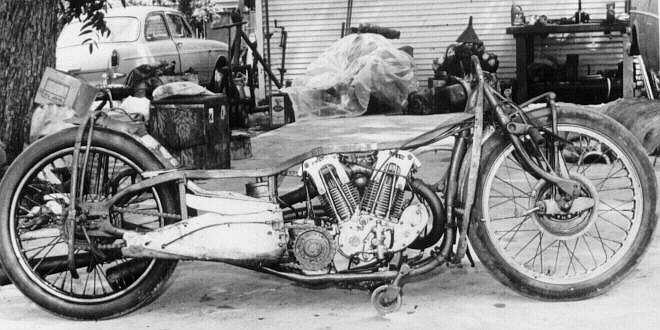
Munro quit working in the late 1940s so he could devote his time fully to improving his Indian and Velocette racing bikes. During this period, he honed his skills at designing his own parts for the bike. Munro found unique sources for raw materials. As an example, the conrods he carved from caterpillar axles took five solid months to make and lasted over 20 years, through countless high-speed runs. He experimented with a variety of metals by trial and error, once melting down an old gas pipeline and combining it with other melted metals to cast pistons for his bike. He even made his own cams, often filing them by hand. From wheels, to engine parts to the streamliner's shell, Munro custom made just about every part of his bikes. It didn't take long for the Munro Special to have very little of the original Indian Scout remaining and it didn't take long for the records to start tumbling.
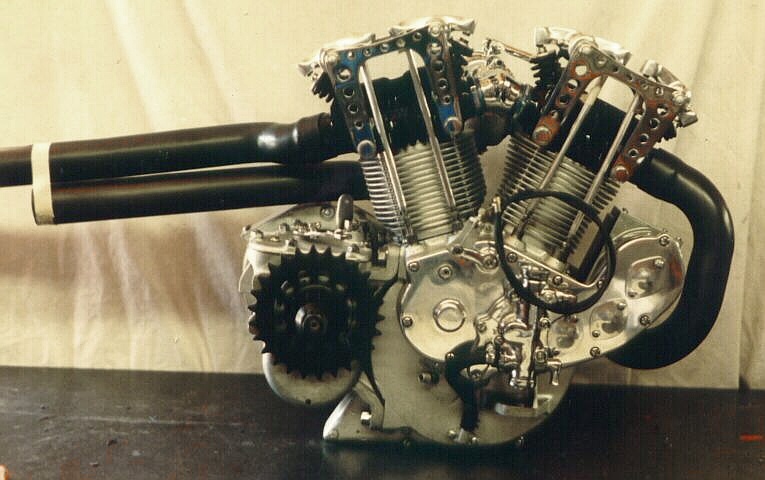
Starting in the 1940s, Munro earned a number of New Zealand speed records. His first record was the New Zealand open road record set in 1940 at a speed of 120.8 mph. That was a record his Indian held for 12 years. He earned the New Zealand beach record of 132.38 mph in 1957 at the annual Canterbury Speed Trials and ended up beating his own record in 1975, running at 136 mph at Oreti Beach. In April 1957 he also set a 75Occ Road Record at Christchurch at 143.59 mph. By the late 1950s, Munro's bikes were getting so fast that he was running out of room to run them on New Zealand's speed courses. He considered trying to run on some of Australia's dry lakes but in 1957 after visiting the Bonneville Salt Flats in Utah, his goal became to compete on the flat and vast expanse of Bonneville's salt bed.

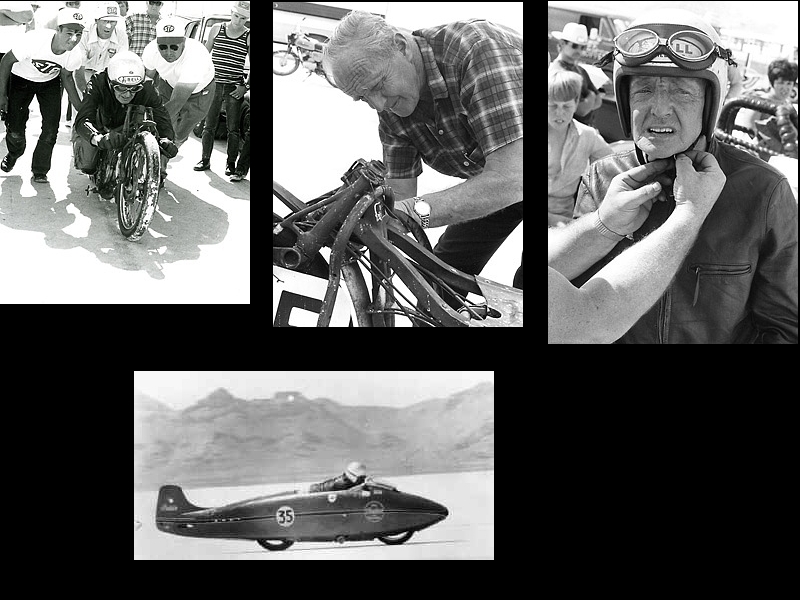
With his savings and additional funds from motorcycling friends in New Zealand, Munro finally made the trip to America in 1962 aboard a rusting cargo ship. In order to pay for his ocean crossing, Munro worked as the ship's cook. Once in the U.S., Munro bought a dilapidated Nash station wagon for $90 in Los Angeles to arduously haul the Munro Special to Bonneville. Munro arrived at Bonneville ready to make his runs only to be told he was not pre-entered so he wouldn't be allowed to compete. At home in New Zealand, riders simply showed up, signed up and raced. Munro's American friends helped him enormously. In particular Rollie Free and Marty Dickerson, both of whom were long-time, well-respected members of the Land Speed Record fraternity. They somehow talked officials into letting Munro make his runs despite his Indian not passing scrutineering.
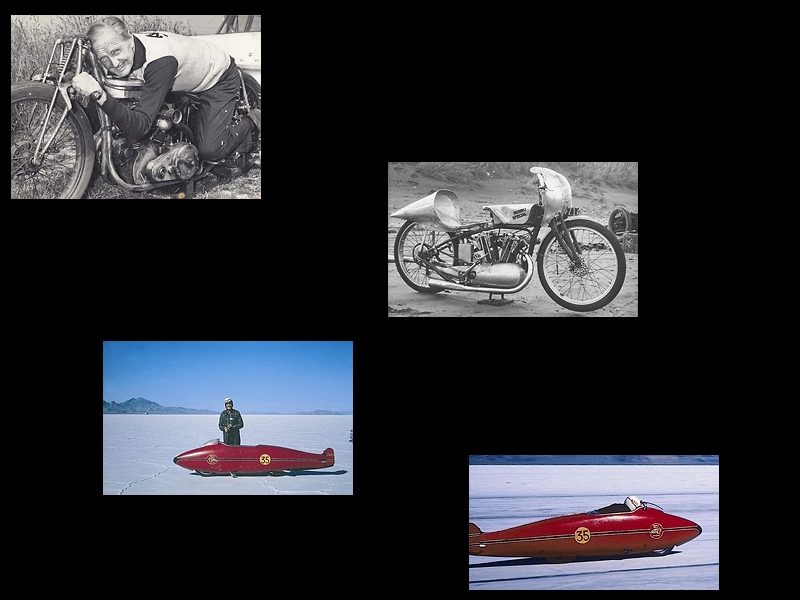
In his inaugural run at the Salt Flats, Munro set a world record of 288 km/h (178.97 mph) with his engine configured to 850cc. In 1966 his Indian was displacing a massive 920cc, when Burt, unhappy with some loss in top speed, completely rebuilt it yet again. Munro continued to compete at Bonneville right through 1967 when he 68 years old. His Scout now displaced 58 cu.in. (950cc) and that year he set a class record of 183.586 mph. To qualify he made a one-way run of 190.07 mph, the fastest ever officially recorded speed on an Indian.
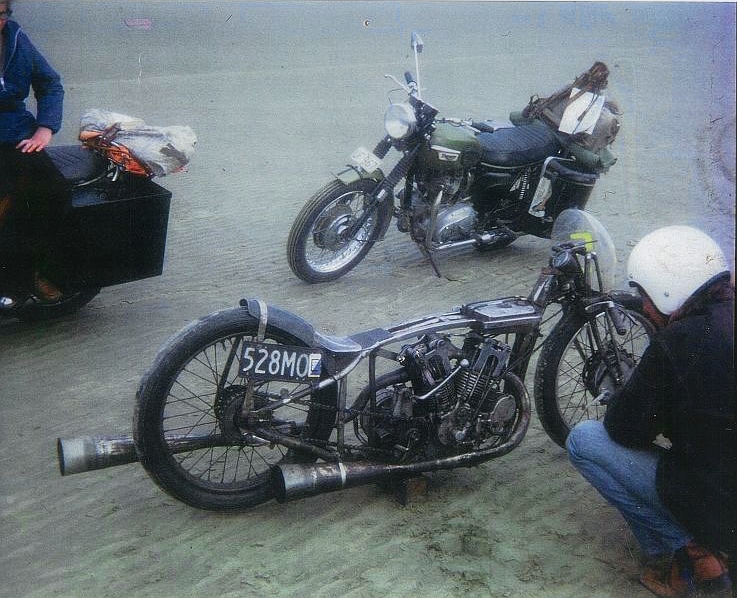
He even survived a crash at top speed that year in 1967. In a New Zealand motorcycle magazine, Burt was quoted as saying, "At the Salt in 1967 we were going like a bomb. Then she got the wobbles just over half way through the run. To slow her down I sat up. The wind tore my goggles off and the blast forced my eyeballs back into my head - couldn't see a thing. We were so far off the black line that we missed a steel marker stake by inches. I put her down - a few scratches all round but nothing much else." In 1975, Munro's failing health cost him his competition license. In spite of this and to the delight of his peers, he still managed to make a few clandestine runs on his beloved Indian and Velocette. Doctors said Munro's lifetime of heavy crashes caused damage to his heart. In January of 1978, Munro had returned from his daily walk when his heart finally failed.
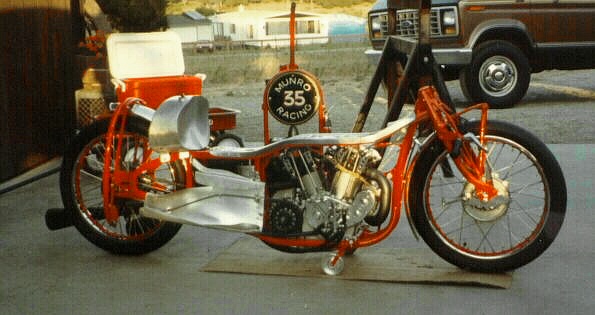
The Indian, which had been his for 57yrs is now in the hands of a motorcycle enthusiast in the South Island. As well as the bike he left behind a legend of skill, perseverance, and courage which typifies the ingenuity and resilience of the New Zealand spirit, and of which all New Zealanders, motorcyclists or not, must be justly proud.
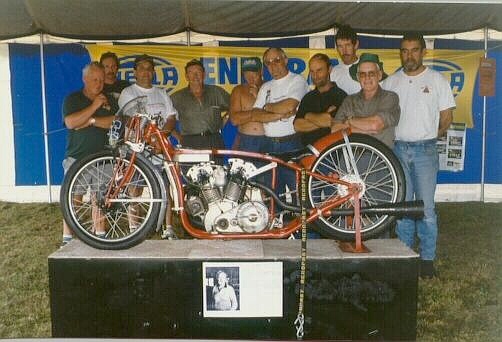
During his life, Munro's accomplishments were little known outside a select group of motorcycle enthusiasts. With the release of the film about his achievements "The World's Fastest Indian" in 2005, Munro suddenly became a cult hero across New Zealand and Australia. In the film, Burt was portrayed by the actor Anthony Hopkins who reportedly imitated Burt so well that his own children were moved to tears. In 2006 Burt was posthumously inducted into the Motorcycle Hall of Fame. Burt Munro would have to be one of the gutsiest, ingenious and passionate blokes who ever walked the planet. From motorcyclists everywhere mate, we salute you.
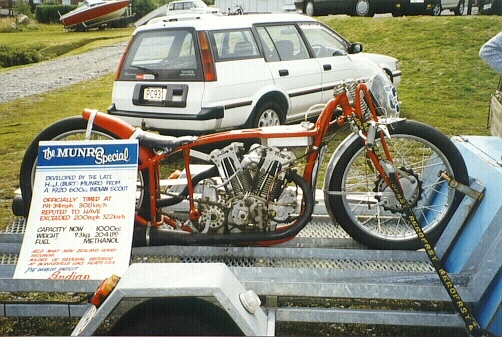
|

Enjoy this article ? The site ? Would you buy me a beer for my efforts?


|

|

|